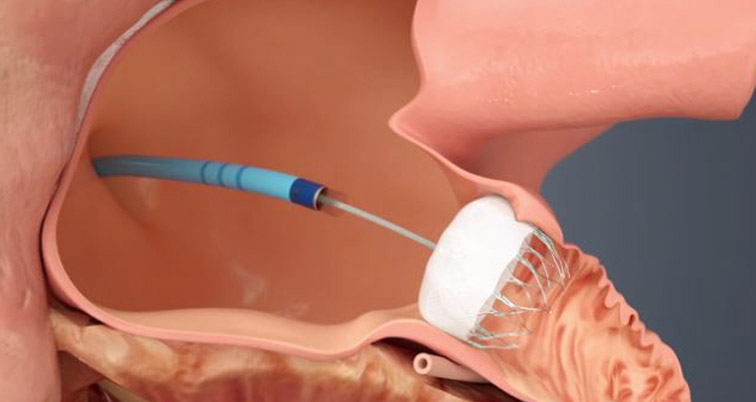RELATED Live.
- About us
- KIMA Members
-
KIMA Doctors
- All
- Anesthesiology
- artificial joint center
- Breast and Endocrine Surgery
- Breast cancer and thyroid cancer center
- Breast Surgery
- Cardiology
- Cardiothoracic Surgery
- Cerebrovascular Center
- Colorectal Surgery
- dental and maxillofacial surgery
- Dermatology
- Endocrinology
- Gastroenterology
- General Surgery
- Genito-Urology
- Hematology
- Hemato-oncology
- Infection Center
- Internal Medicine
- International Healthcare Center
- Korean Medicine
- liver center/Pancreas and billiary tract center
- Liver Transplantation
- Neurology
- Neurosurgery
- Obstetrics & Gynecology
- Ophthalmology
- Orthopedic
- Otorhinolaryngology
- Pediatric & Juvenile
- Pediatric Allergy and Respiratory Diseases
- Pediatric Gastroenterology
- Pediatric Neurology
- Pediatrics
- Physical Medicine & Rehabilitation
- Plastic & Reconstructive Surgery
- plastic surgery
- Pulmonology
- Radiation oncology
- Rheumatology
- Thyroid & Endocrine Surgery
- Urology
- Vascular Surgery
- KIMA News
- KIMA Live
- Community
KIMA NEWS

Yonsei University Severance Hospital has achieved 100 cases of Left Atrial Appendage Occlusion (LAAO), which prevents strokes by filling empty areas of the heart. There is a small empty spot in the heart called the left atrial appendage, just like the appendix in the large intestine that develops appendicitis.
The left atrial appendage does not make any problem for a healthy person. This is because there is no congestion in the blood due to smooth blood flow. However, atrial fibrillation patients do not have a smooth flow of blood and become congested. Because of this, it produced ‘blood clots’ as a vortex that rotates like a top in ‘Left atrial appendage’. More than 90 percent of blood clots in the body is known to be produced in the left atrium appendage. More than 30 percent of stroke cases are caused by atrial fibrillation. Atrial fibrillation refers to an abnormally fast pulsation of pulses that produce more than normal electrical signals in the atrium. LAAO (Left Atrial Appendage Occlusion) is a procedure that removes empty areas from flowing blood through left atrium. It is a more aggressive method to suppress thrombogenesis than drugs that dilute blood through taking anticoagulants. The procedure is inserts the delivery catheter into the body through a vein in the leg. The catheter is advanced through the bloodstream until it reaches the upper right chamber of the heart. The physician makes a small hole through the wall between the two upper chambers of the heart so that the catheter reaches the left atrium. The physician then pushes the device through the delivery catheter into the left atrial appendage, where it opens up like an umbrella and is permanently implanted, it is important to receive it from an experienced cardiologist.
Park, Hee-nam, a professor of cardiology at Severance Hospital, said, ' 'The number of treatments case continues to increase in developed countries because atrial fibrillation patients with Left Atrial Appendage Occlusion can reduce the duration, range, and cost of treatment following a stroke.' He said, '93 percent of patients with pulmonary embolism stop taking anticoagulants after two months of treatment, and it will be of great help to patients with high risk of blood vessel bleeding, or those with atrial fibrillation who have failed to prevent strokes despite taking anticoagulants.'
RELATED Doctor
RELATED Members
Inquiry